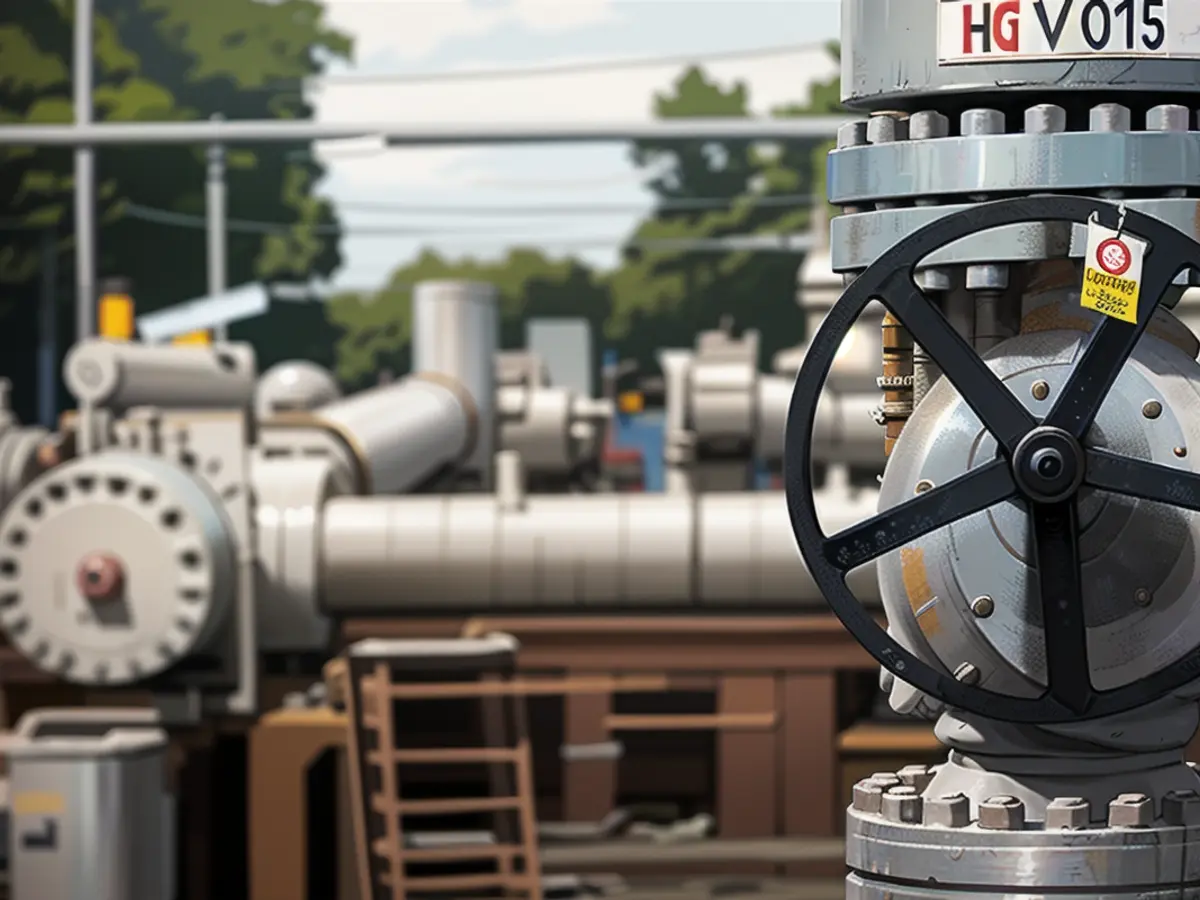Government presents hydrogen import strategy
To promote hydrogen economy, the Federal Government is planning foundations for hydrogen imports.
Approximately 50 to 70 percent of the required hydrogen should be introduced in the year 2030, according to a strategy paper that is expected to be approved in the cabinet on a Wednesday. In that year, hydrogen energy consumption is projected to be around 95 to 120 Terawatt-hours (TWh). By 2045, the year of the targeted climate neutrality, this is expected to increase to 360 to 500 TWh plus an additional 200 TWh from derivatives like Ammonia.
This would make the hydrogen energy demand in 2045 approximately equal to the expected electricity demand in Germany in 2030. "A robust result across all scenarios and forecasts is a significantly increasing demand for hydrogen and its derivatives and thus a very high import demand," the paper states.
Hydrogen currently plays no role in the climate-friendly transformation. It is expected to play a particularly important role for industry, as well as for aviation and shipping. Hydrogen is storable and can replace coal or oil in certain industrial processes, which is not possible with electricity. Plans for building and financing a hydrogen network have been approved, as well as the first import contract. The government is also promoting the development of electrolysis units for hydrogen production.
In the long term, green hydrogen, produced with wind or solar energy, is intended. Initially, however, blue hydrogen may play a larger role. This is produced with natural gas, with the resulting CO2 being stored underground.
Hydrogen is to be imported mainly through pipelines from Norway, Great Britain and Denmark. The project with Denmark is considered the most advanced. In addition, the government is pushing forward the southern connection from Algeria via Tunisia, Italy and Austria to Germany. Here, existing natural gas pipelines could be repurposed. In parallel, derivatives like Ammonia are to be shipped to Germany. However, import terminals need to be built where Ammonia can be converted into hydrogen.
The government's strategy aims to introduce 50-70% of the required hydrogen via imports by 2030, as stated in the strategy paper. To meet the projected demand in 2045, which is equivalent to Germany's expected electricity demand in 2030, the government is planning to import hydrogen primarily through pipelines from Norway, Great Britain, and Denmark.
![430443007.jpg Here's a simple program in Python toprint the Fibonacci sequence upto n:
def fib(n):
window = [0, 1]
if n <= 0:
print('Input should be a positive integer.
')
return
while len(window) < n:
next = window[-1] + window[-2]
window += [next]
print('Fibonacci sequence upto %s:
' % n)
for num in window:
print(num)](https://cdn.aussiedlerbote.de/content/images/2024/07/19/395904/jpeg/4-3/1200/75/430443007-jpg.webp)








